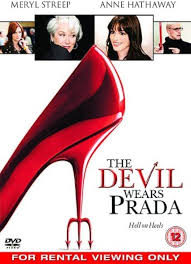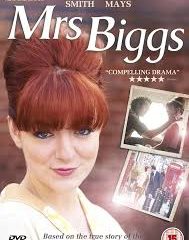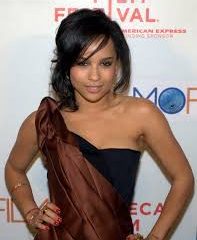The Lasting Influence of The Devil Wears Prada

Introduction
‘The Devil Wears Prada’, released in 2006, has cemented itself as a cultural touchstone in the fashion industry and popular media. Based on Lauren Weisberger’s novel, the film offers an inside glimpse into the high-stakes world of fashion publishing, highlighting the intense pressures and rivalries that accompany a high-profile job. The relevance of this film continues to resonate, making it a pertinent topic for both fashion enthusiasts and casual viewers alike.
The Plot and Characters
The film stars Anne Hathaway as Andrea Sachs, an aspiring journalist who lands a job as the assistant to the formidable Miranda Priestly, portrayed by Meryl Streep. Miranda is the editor-in-chief of a prestigious fashion magazine, and her character is often seen as an embodiment of the ruthless nature of the fashion industry. Critics praise Streep’s performance for bringing depth to her character, transforming what could have been a one-dimensional antagonist into someone complex and deeply human.
Fashion and Cultural Impact
‘The Devil Wears Prada’ has transcended its story to become a commentary on the dynamics of power and the often obsessive nature of the fashion world. The film’s costume design, by Patricia Field, played a significant role in establishing designer identities and propelling styles into mainstream appeal. Iconic outfits showcased in the film, such as the Prada cerulean sweater speech, which famously illustrates the influence of fashion design on everyday life, are still referenced today.
Moreover, the film’s quotes and scenes have seeped into popular culture, with phrases like “That’s all” becoming synonymous with high fashion’s demanding nature. The movie has also sparked discussions about work-life balance and the sacrifices some individuals make for career advancement in competitive fields.
The Legacy of The Devil Wears Prada
As we reflect on its significance, ‘The Devil Wears Prada’ remains a pivotal influence in modern fashion narratives in film and television. It has inspired subsequent works that explore the challenges women face in the corporate world while navigating personal ambitions and societal expectations. The ongoing discussions around workplace culture and gender dynamics show that the film continues to be relevant, often cited as a touchstone for new stories in the evolving landscape of women’s representation in media.
Conclusion
In conclusion, ‘The Devil Wears Prada’ is not merely a film about fashion; it is a rich commentary on ambition, power, and identity. Its influence stretches far beyond the screen, impacting not just fashion trends, but also societal expectations and dialogues about women in the workplace. As fashion continues to evolve, the film remains a significant reference point, a reminder of the complexities involved in the pursuit of success.








